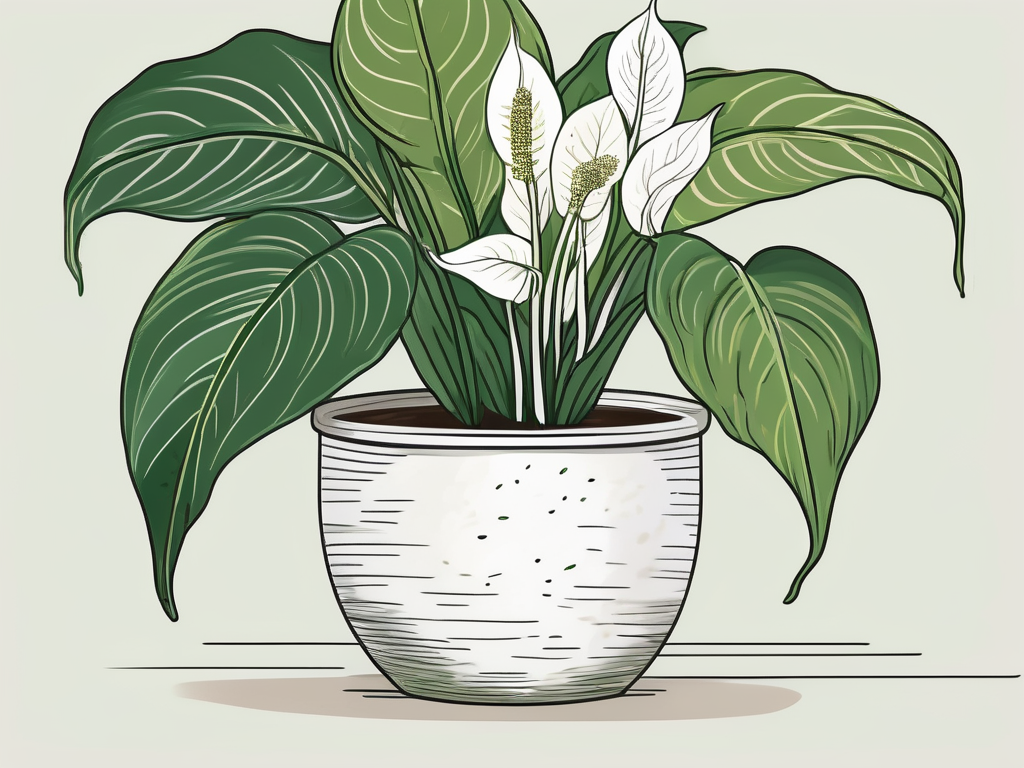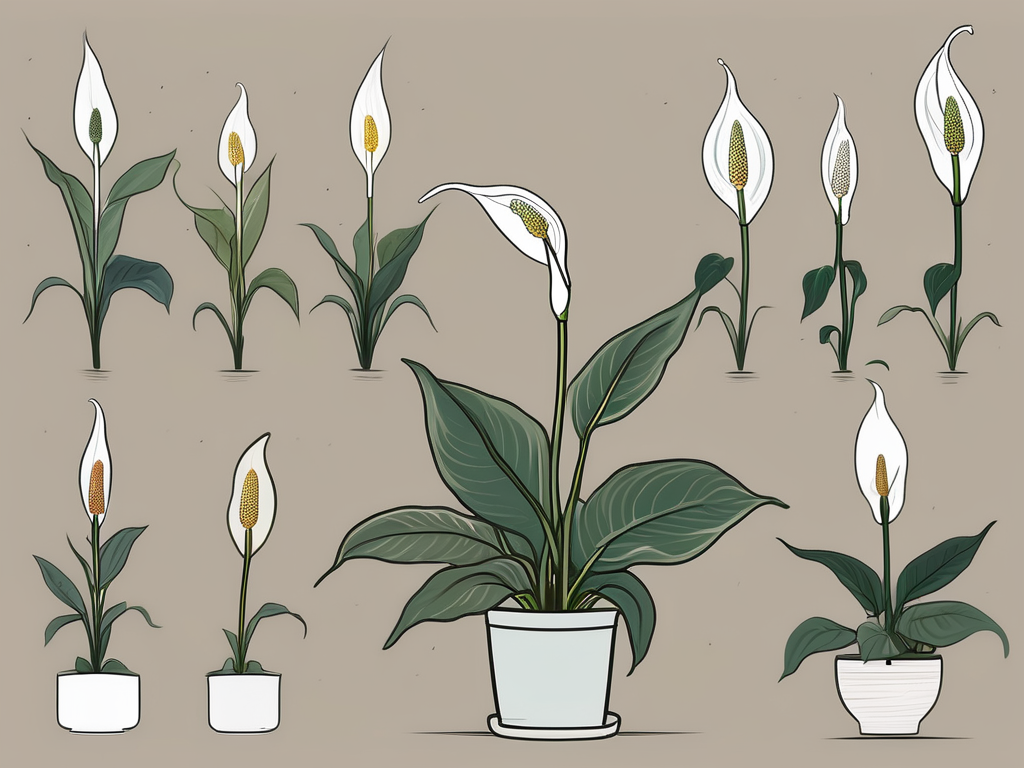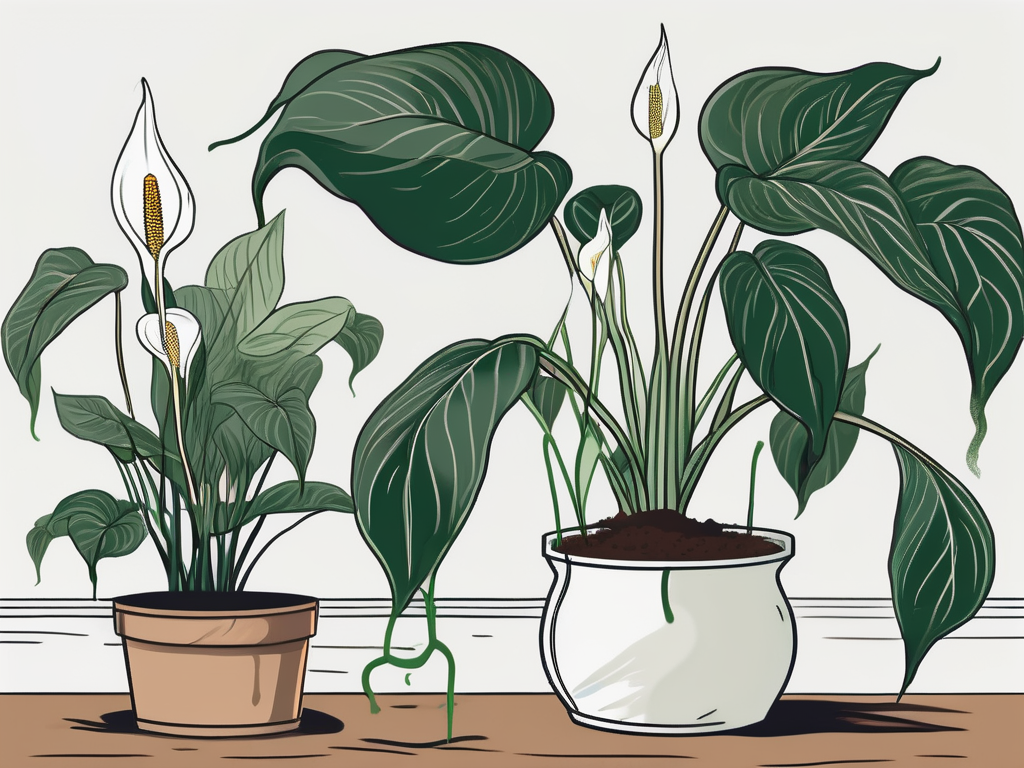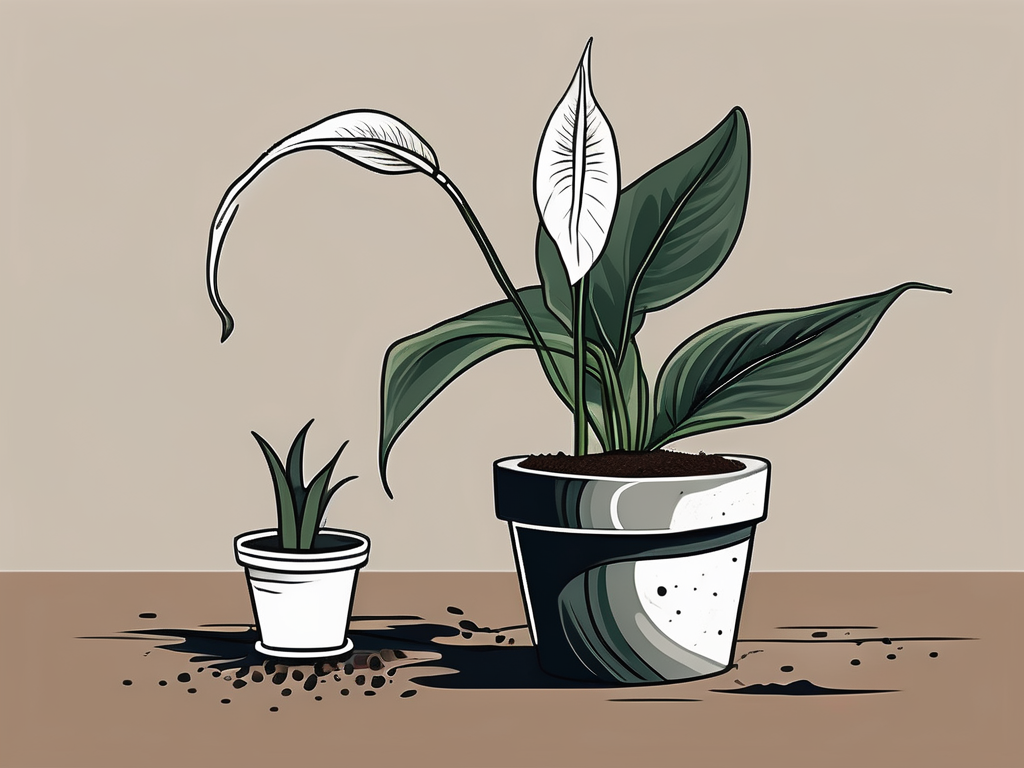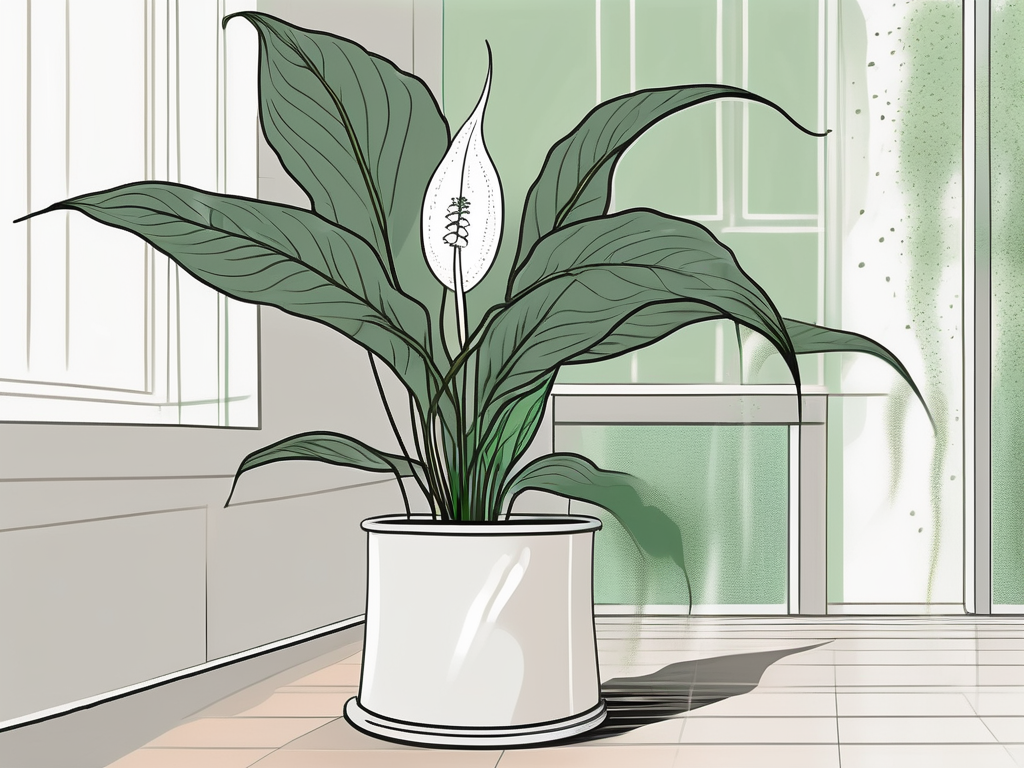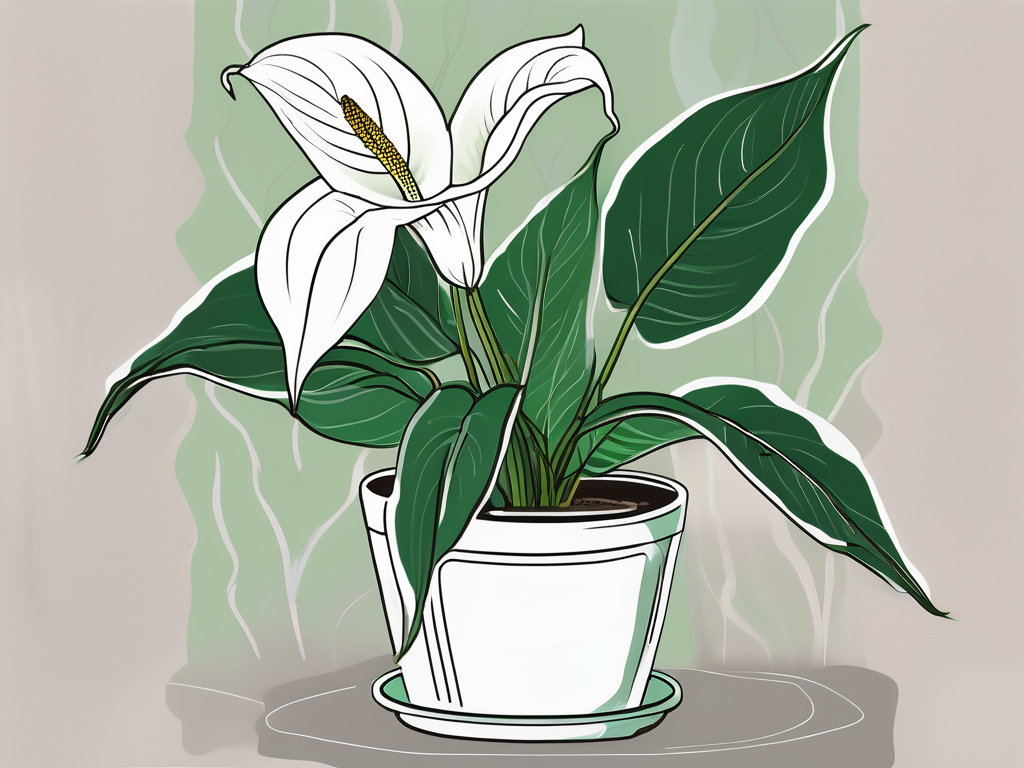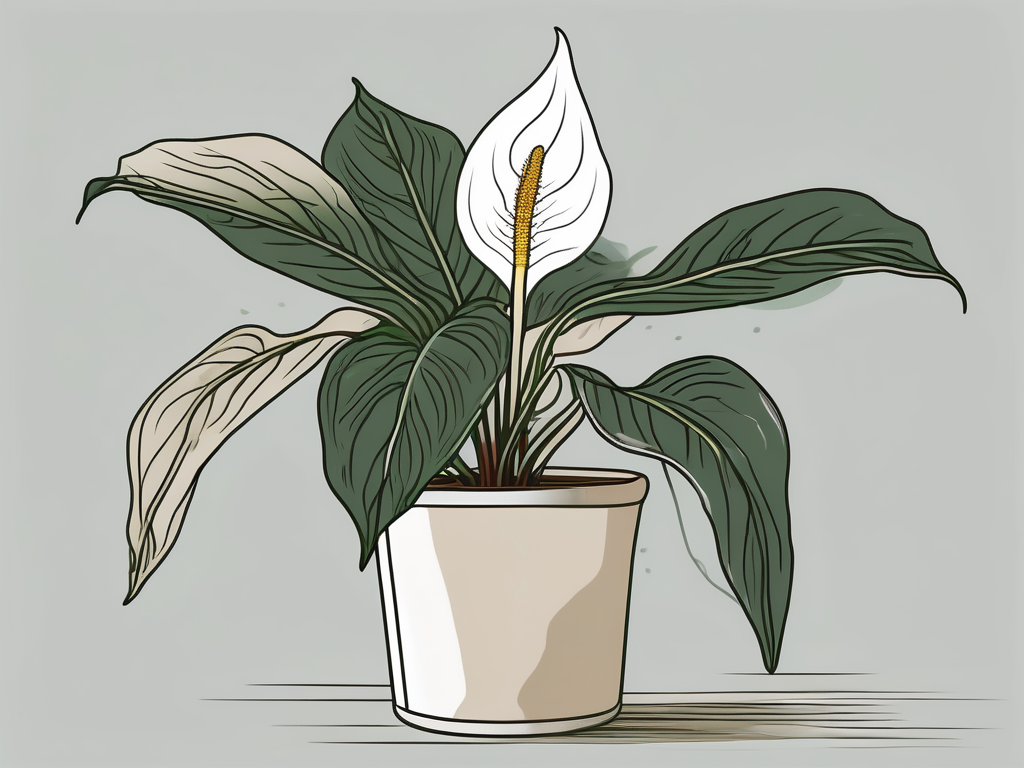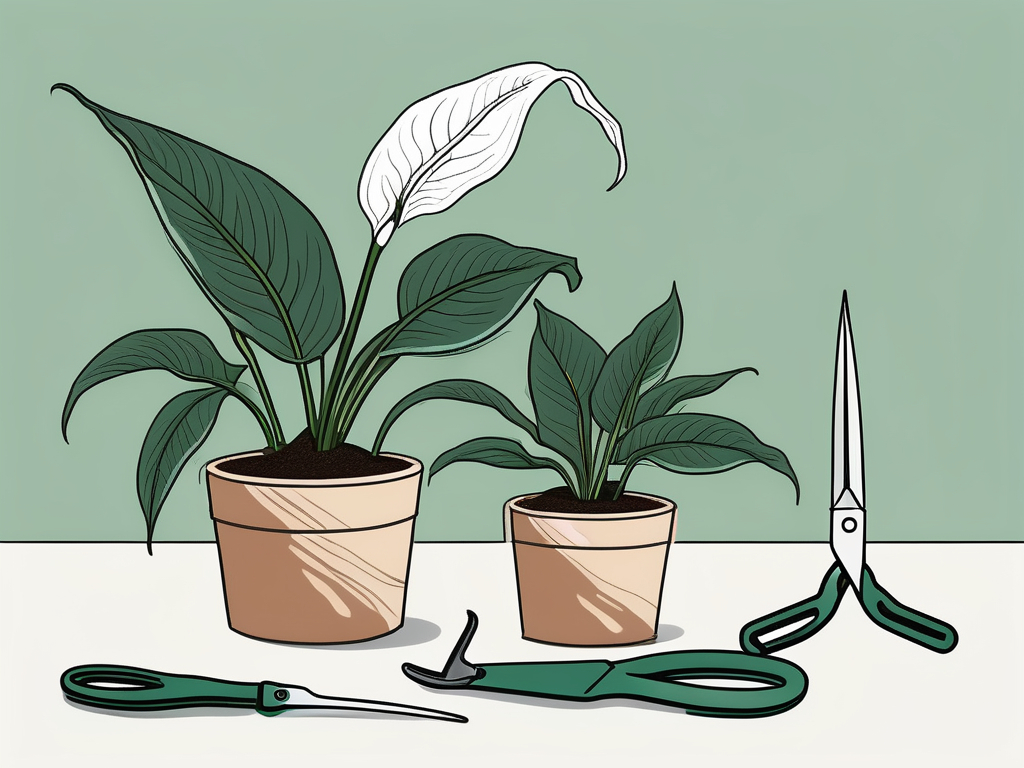
Peace lilies are beloved for their elegant appearance and their ability to thrive in low-light conditions. If you've ever admired your peace lily and thought about growing more, you're in the right place. Propagating peace lilies through division offers a simple way to expand your indoor garden without needing to buy new plants.
This article will guide you through the entire process of propagating peace lilies. From understanding when to divide your plant to caring for your new cuttings, we'll cover it all in a friendly and approachable manner. Let's get started!
Understanding Peace Lily Propagation
Before we jump into the steps, it's helpful to understand what propagation means for peace lilies. Unlike some plants that can be propagated from leaves or stems, peace lilies are propagated by division. This means separating a mature plant into smaller sections, each with its own roots and leaves. It's a method that mimics how these plants naturally grow and spread in the wild.
If you're wondering when it's time to propagate, look for signs that your peace lily is outgrowing its pot. You'll notice roots poking out of the drainage holes or the plant becoming top-heavy and unstable. These are indicators that your peace lily could benefit from division.
Propagating by division not only helps manage the plant's size but also rejuvenates and revitalizes it, often resulting in healthier growth and more blooms. Plus, it gives you the chance to share your love of plants with friends and family by gifting them a new peace lily.
Materials You'll Need
Before you start, gather the necessary materials to make the process smooth and stress-free. Here's what you'll need:
- Sharp knife or pruning shears: These are essential for cleanly cutting through the root ball.
- Clean pots: Make sure they have drainage holes to prevent waterlogging.
- Fresh potting mix: A well-draining mix is crucial for healthy root growth.
- Watering can: To keep the soil moist after potting your new plants.
- Gloves: While not necessary, they can protect your hands, especially if your skin is sensitive.
Having everything ready ahead of time will make the process more enjoyable and efficient. Trust me, there's nothing worse than being elbow-deep in soil only to realize you forgot something important!
Timing Is Everything
When it comes to propagation, timing can make a big difference. The best time to divide your peace lily is during its active growing season, typically in spring or early summer. During this period, the plant is naturally more robust and capable of handling the stress of division.
Avoid propagating during the winter months when the plant is in a slower growth phase. Dividing at this time can lead to weaker new plants and slower recovery. If you're unsure, monitor your plant's growth patterns. A surge in new leaves and blooms often signals the right time to propagate.
Timing isn't just about the season; it also involves assessing the plant's health. Ensure your peace lily is well-watered and healthy before you start. A stressed or sick plant may not recover well from division, so give it some TLC if needed.
Step-by-Step Division Process
Now that you're ready, let's walk through the division process step by step. It's easier than you might think, and with a little patience, you'll have new peace lilies in no time!
Step 1: Prepare the Parent Plant
Start by watering your peace lily a day before you plan to divide it. This will make it easier to remove the plant from its pot and reduces stress on the roots.
Step 2: Remove from the Pot
Gently remove the peace lily from its pot. You might need to tilt the pot and tap it slightly to loosen the root ball. Be careful not to tug too hard on the stems, as this can damage the plant.
Step 3: Separate the Sections
Once the plant is out, inspect the root ball. Look for natural divisions within the plant where clusters of stems and roots can be separated. Use your hands or a sharp knife to gently divide the plant into smaller sections.
Each section should have at least a few leaves and a good portion of the root system. Aim for sections that are about the size of a small potted plant.
Step 4: Pot the New Plants
Fill your clean pots with fresh potting mix. Create a hole in the center and place each new section into its own pot. Cover the roots with soil and press down lightly to secure the plant.
Step 5: Water Thoroughly
Water the new plants thoroughly to help settle the soil and encourage root growth. Ensure the excess water drains away, as peace lilies prefer slightly moist but not soggy conditions.
And there you have it! You've successfully divided your peace lily into new plants. Keep reading for tips on post-propagation care.
Post-Propagation Care for Peace Lilies
Once you've potted your new peace lilies, it's important to give them the right care to ensure they thrive. Here's what to keep in mind:
- Light: Peace lilies prefer indirect light. Too much direct sunlight can scorch the leaves, while too little can stunt growth. A north or east-facing window is often ideal.
- Water: Keep the soil consistently moist but not waterlogged. Overwatering is a common issue, so let the top inch of soil dry out between waterings.
- Humidity: These tropical plants love humidity. If your home is dry, consider misting the leaves or placing the pot on a tray of pebbles and water.
- Temperature: Peace lilies thrive in temperatures between 65-85°F (18-29°C). Keep them away from drafts and sudden temperature changes.
With the right care, your new peace lilies will not only survive but thrive, rewarding you with lush growth and beautiful blooms.
Troubleshooting Common Problems
While peace lilies are generally easy to care for, you might encounter some issues along the way. Here's how to tackle common problems:
Yellowing Leaves
Yellow leaves can indicate overwatering. Check the soil moisture and adjust your watering schedule accordingly. If the plant is severely overwatered, you may need to repot it in fresh, dry soil.
Brown Leaf Tips
Brown tips are often a sign of low humidity or excessive fertilizer. Increase humidity around the plant and reduce fertilization. Peace lilies don't need much fertilizer; once every six weeks during the growing season is usually sufficient.
No Blooms
If your peace lily isn't blooming, it might need more light. Move it to a brighter spot, but avoid direct sunlight. Also, ensure the plant isn't root-bound, as this can impede blooming.
By addressing these issues promptly, you'll help your peace lilies stay healthy and beautiful.
Integrating Peace Lilies into Your Home Decor
Peace lilies are not just easy to propagate—they're also fantastic for home decor. With their lush green leaves and elegant white blooms, they can enhance any room.
Consider placing your peace lilies in areas that need a touch of nature. Their ability to thrive in low-light conditions makes them perfect for bathrooms, bedrooms, and offices. Pair them with decorative pots that complement your decor style for an added touch of elegance.
You can also group peace lilies with other houseplants to create a mini indoor garden. Their dark green foliage contrasts beautifully with plants that have lighter or more variegated leaves.
With a little creativity, your propagated peace lilies can become a centerpiece in your home, bringing both beauty and a sense of tranquility.
Sharing Your Peace Lilies with Others
One of the joys of propagating plants is sharing them with others. Once your new peace lilies are established, consider gifting them to friends, family, or neighbors. It's a thoughtful gesture that can brighten someone's day and introduce them to the joys of plant care.
You can personalize the gift by choosing a pot that suits the recipient's style or adding a handwritten care card with tips for keeping the plant healthy.
Not only does sharing plants spread happiness, but it also fosters a sense of community among plant people. You never know—you might even inspire someone to start their own indoor garden!
Concluding the Peace Lily Journey
As you can see, propagating peace lilies is a rewarding and straightforward process. With the knowledge and steps outlined here, you're well on your way to expanding your plant collection and maybe even sharing the love of plants with others.
Don't be afraid to experiment and learn as you go. Every plant is unique, and with time, you'll become more attuned to their needs and quirks.
Final Thoughts
In summary, propagating peace lilies offers a wonderful opportunity to grow your indoor garden and connect with nature. With the right approach, you can successfully divide your plants and enjoy the beauty and benefits they bring to your space.
At Cafe Planta, we're passionate about helping you care for your plants. Whether you're looking for new houseplants, plant accessories, or plant-themed apparel, we have something for you. If you have any questions or need advice, feel free to email us or reach out on Instagram. We're here to support you on your plant journey!













